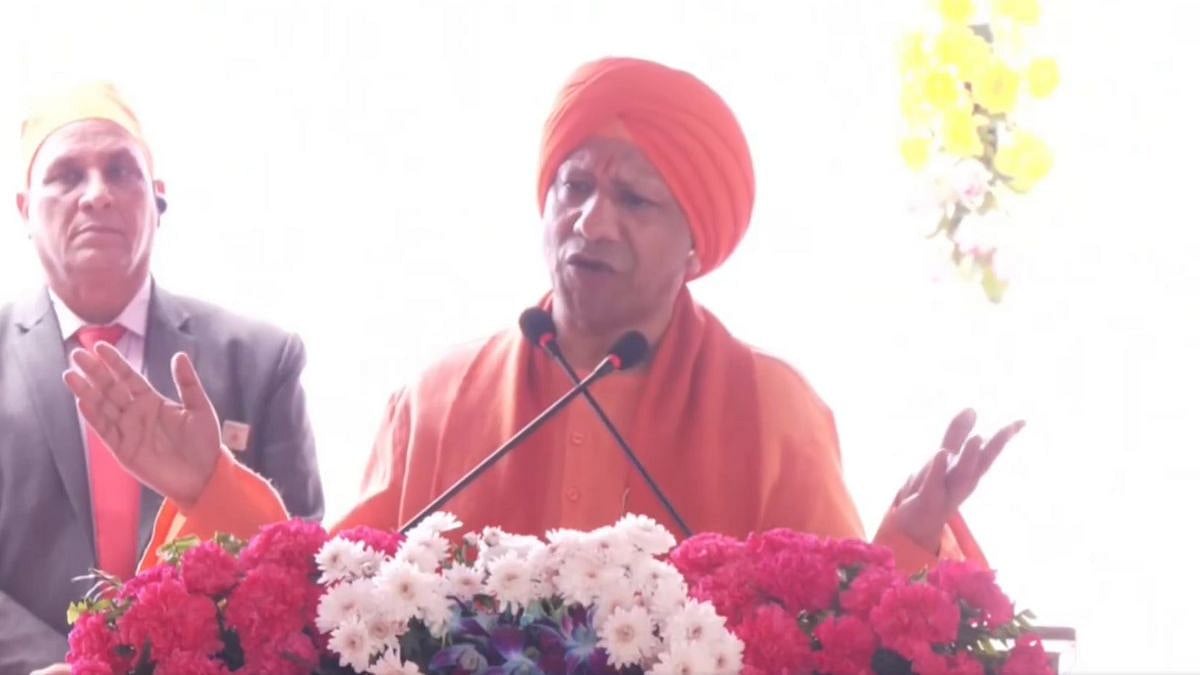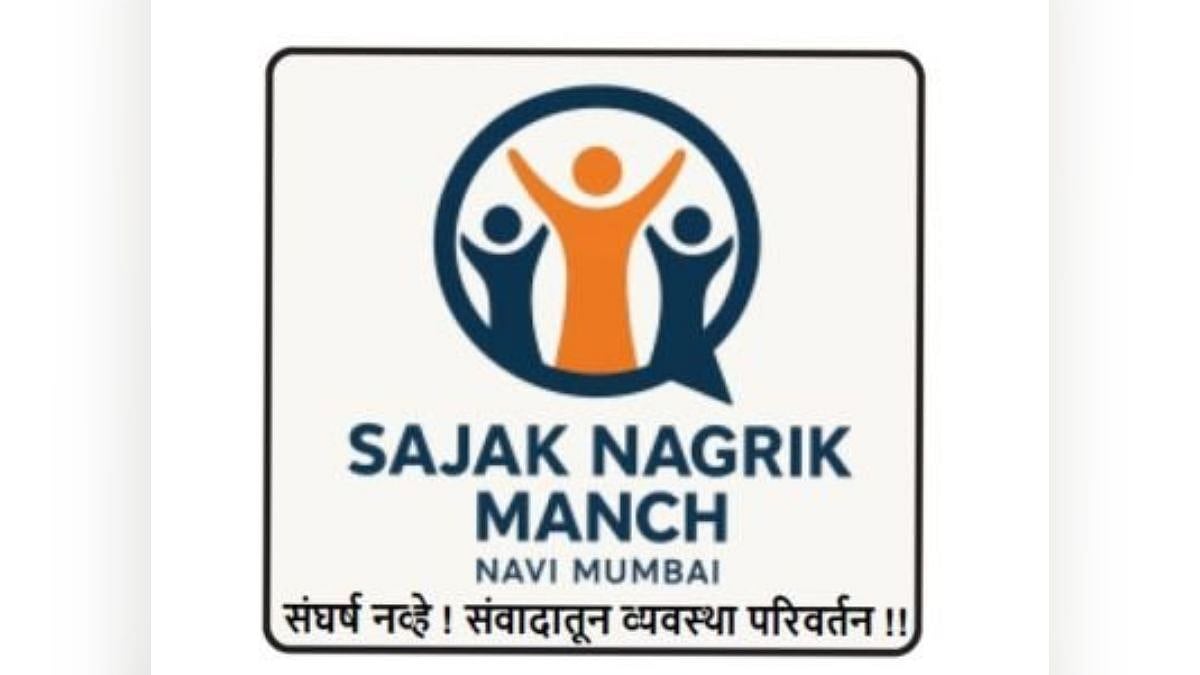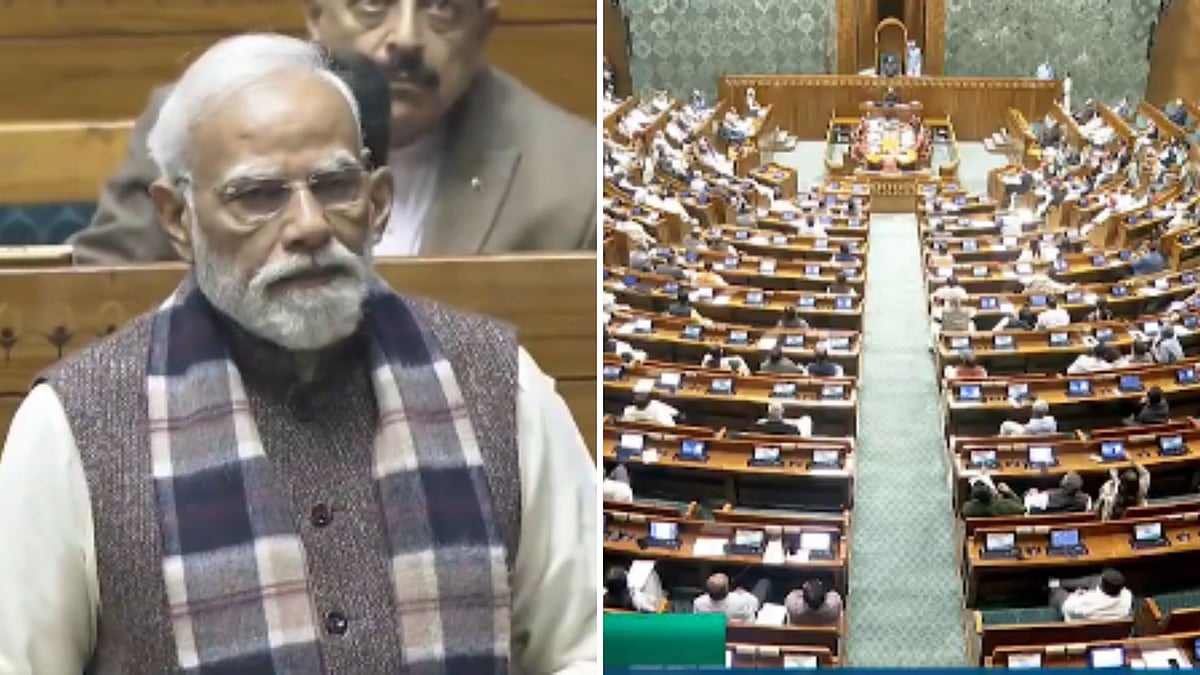Away from the frenzy of national headlines this week was a development that could literally change the lives of millions of young girls across India. On a petition asking for the provision of sanitary pads to girls in class 6-12 and separate toilets for girls in government and government-aided schools, the Supreme Court this Monday gave the Centre four weeks to place before it an optimum menstrual hygiene policy with a focus on the distribution of sanitary napkins. Both the petition and the apex court’s pronouncements deserve to be hailed. There is grounded hope that a menstrual hygiene policy will be in place sooner than later.
Such a policy is significant on many counts. It marks the recognition that governments – central or state – have a duty or an obligation towards menstruating girls and young women especially in educational institutes, and that menstrual hygiene is a key component of women’s reproductive rights. It also sends out a clear signal to the society that menstruation is not a taboo subject to be discussed behind closed doors or for young girls to be ashamed about; instead, that menstrual issues need to be aired at various levels in the society and that governments will join the conversations about it.
Equally important, a menstrual hygiene policy makes it incumbent on governments to provide products that are so critical to the health, education, work and well-being of girls and women that the lack of such products has been shown to adversely impact school-going behaviour especially in rural areas. Education and menstrual hygiene go hand in hand more than acknowledged in our society; the more educated the girls, the higher the demand for better products. Recent surveys including the National Health and Family Survey have shown a marked rise in the use of menstrual hygiene products in both rural and urban areas of the country. A policy would make these products more accessible and available which is a huge step forward in women’s health.











